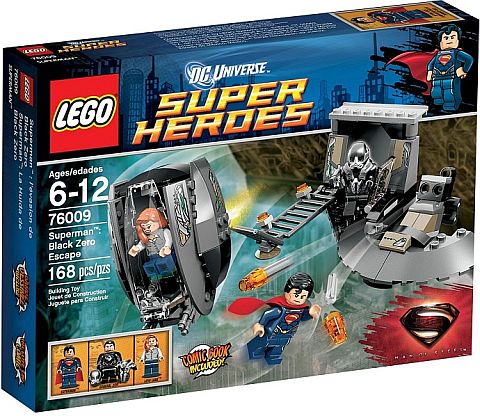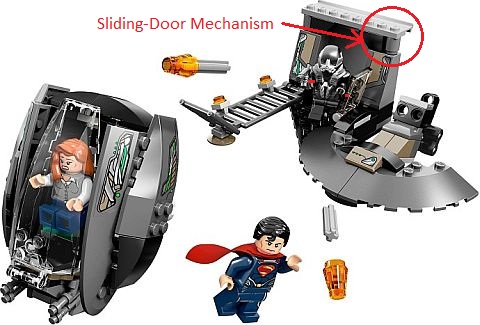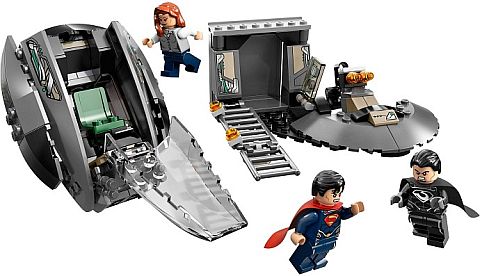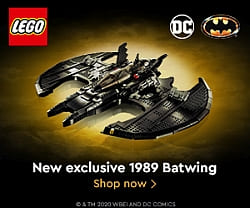For LEGO Legends of Chima fans there is great news! LEGOLAND Florida recently opened up a whole new Chima section! As you probably know LEGOLAND Florida is a 150-acre interactive theme park with more than 50 rides, shows and attractions, dedicated to families with children between the ages of 2 and 12. Lots of family fun! 🙂
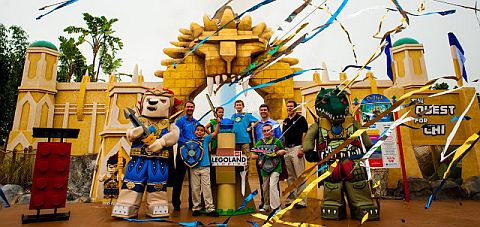
There are currently five other LEGOLAND Parks in the world – LEGOLAND California in Carlsbad, LEGOLAND Billund in Denmark, LEGOLAND Deutschland near Günzburg, Germany, LEGOLAND Windsor outside of London and the recently opened LEGOLAND Malaysia —the sixth LEGOLAND Park and first ever in Asia.
The World of Chima, just opened in LEGOLAND Florida, is a highly-themed area with thrilling and interactive rides and attractions for visitors of all ages, adding to the park’s already exciting line up of more than 50 rides, shows and attractions.

The centerpiece attraction is The Quest for CHI, which features an interactive water-ride where guests will set off on an otherworldly and super-wet adventure. After boarding the watercrafts, families can use water-cannons to activate the story in each of the scenes along their journey, as well as have a chance to battle other boats and guests along the shore line.

Those interested in even more splash and water fun can experience Cragger’s Swamp play-area that features playful bubbles, intermittent water-spouts and interactive elements that trigger swamp water effects.

At the Speedorz Arena, kids will enjoy a super-charged, super-fast competition where multiple players battle against each other using ripcord-powered LEGO vehicles.
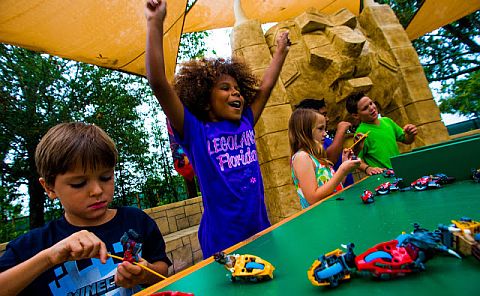
The World of Chima also features a character meet and greet, and a merchandise location that carries the latest LEGO Legends of Chima building sets. All of these areas are complemented by the park’s 4-D movie experience, The LEGO Chima Movie Experience, an exclusive to LEGOLAND Parks and LEGOLAND Discovery Centers.
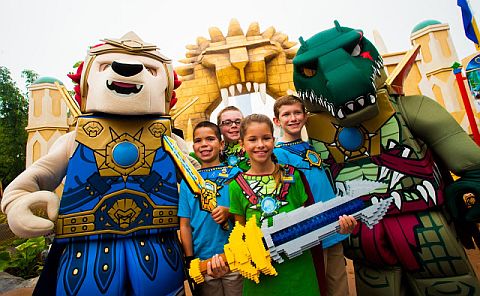
“The World of Chima will become a signature land for LEGOLAND Florida and provides an experience unlike any other in our park today,” said Adrian Jones, LEGOLAND Florida General Manager. “Developing and opening yet another expansion is a prime example of how LEGOLAND Florida continues to provide unique guest experiences, rides, shows and attractions for families with children ages 2-12.” Here are the features of the LEGOLAND Florida – The World of Chima park:
- 2 million LEGO bricks, (bringing the total of LEGO bricks found in
LEGOLAND Florida to an astounding 58 million) - Nearly 150 LEGO models
- 219,000 gallons of water in The Quest for CHI
- Capacity for approximately 1,200 guests per hour to experience The Quest
for CHI ride - Mount Cavora which stands 55 feet from the ground
- Mount Cavora itself is 23 feet high and 40 feet in diameter
- Weighs 7,500 lbs.
- Rushes 1,000 gallons of water every minute
For more information on LEGOLAND Florida and The World of Chima and to purchase tickets, visit LEGOLAND.com.
How about you? Have you been to LEGOLAND Florida or any of the other LEGOLAND parks before? How did you like it? And if you haven’t gone yet, are you planning to? Would you like to visit The World of Chima for some summer water-fun? Feel free to share your thoughts and experiences in the comment section below! 😉



